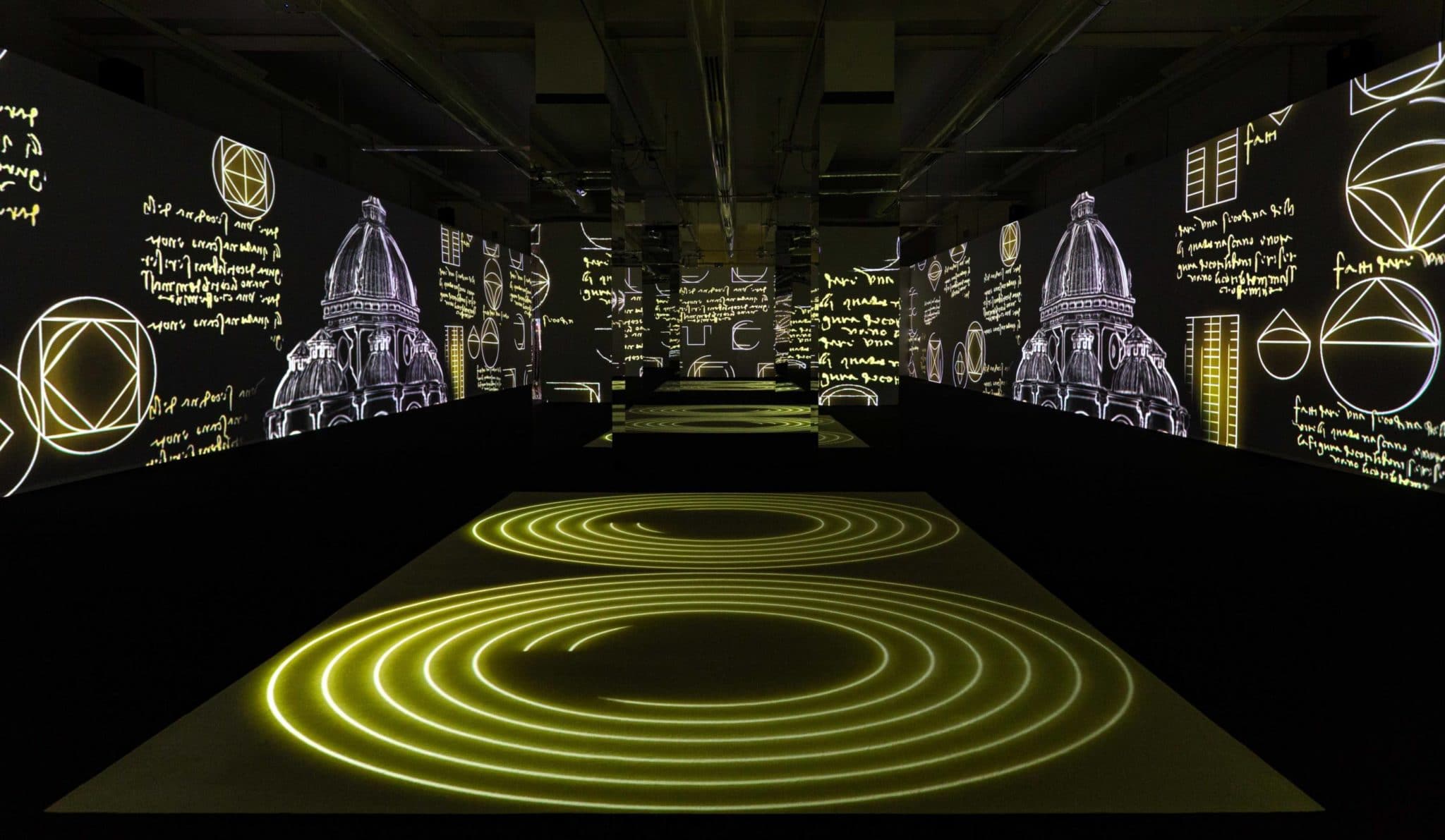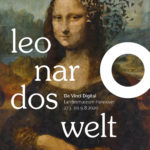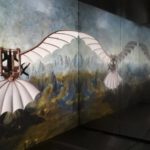Some weeks ago, the world changed drastically for museums. Most cultural institutions all over the world closed their doors because of the Corona crisis. Some museum professionals see the actual situation as the biggest challenge for their institutions since the Second World War.
These closures, leading to a situation where museums are faced with no visitors and no income, even if they are expected to be temporary, will have a massive impact on museums. For institutions that are not state-funded or public-owned, the lack of visitors and revenues can have severe financial consequences in terms of economic stability, including even possible layoffs of the museum staff as we can already observe in some countries.
So how can museums and cultural institutions deal with such a global and unexpected crisis followed by widespread uncertainty and general insecurity?
How can museums and cultural institutions deal with such a global and unexpected crisis followed by widespread uncertainty and general insecurity?
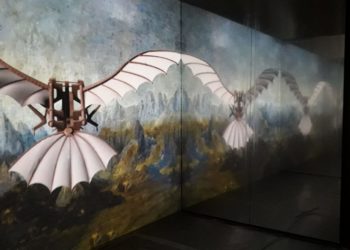
With museums closed, temporary exhibitions are also not accessible to visitors. Some of them opened before the museum shutdown, some had to be closed just shortly after their openings. Some exhibition openings planned in March, have been postponed, some have even been cancelled. So there are many temporary exhibitions ready to be opened (or reopened), waiting for the moment when the pandemic will be over.
One example of how to creatively deal with this challenging situation of a temporary exhibition that is waiting to open is the “Da Vinci Digital” exhibition of the Lower Saxony State Museum in Hanover, Germany. The exhibition opening was scheduled for March 27, and is for now postponed to April.
To foster engagement in this challenging context, the Director of the Hanover museum. Prof. Katja Lembke staged a “digital opening” for the exhibition. She shared a video-message on the museum’s website to inform future visitors about the highlights of the museum and announce the upcoming opening of the exhibition.
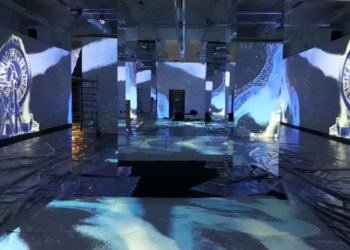
Instead of entertaining our visitors analogously, we become digital officers and create new and fresh ideas.
In her welcome words, she tells briefly about the link between Leonardo Da Vinci and the collections and history of the Lower Saxony State Museum. The relevance of a genius like Leonardo da Vinci’s in the current situation is illustrated by a similar challenge that connects the Renaissance period to our times. As much as we struggle today with the Coronavirus pandemic, Leonardo experienced the plague 500 years ago.
“For cultural institutions the coronavirus pandemic is both a challenge and a chance: Instead of entertaining our visitors analogously, we become digital officers and create new and fresh ideas. With our exhibition “Leonardo´s world” we discover virtual rooms and are technically up to date – like the master himself 500 years ago.” Prof. Katja Lembke, Director of The Lower Saxony State Museum in Hanover, Germany.
“For us – Expona and Contemporanea Progetti, as partners of the Lower Saxony State Museum in the production of this digital Leonardo-Experience – the initiative of the Director is a leading example of how to be creative and proactive in these challenging times when museums and exhibitions are closed.” Dr. Alex Susanna, Director of Expona, Italy.
Sources
https://www.landesmuseum-hannover.de/en/ausstellungen/leonardoswelt/
Exhibition mentioned
Leonardo’s world, currently displayed at the Lower Saxony State Museum in Hanover, Germany

